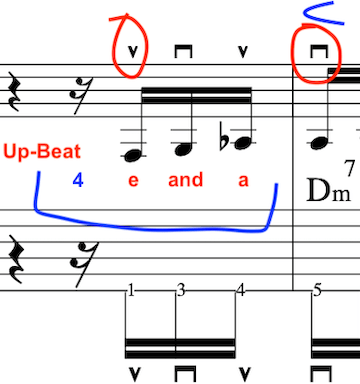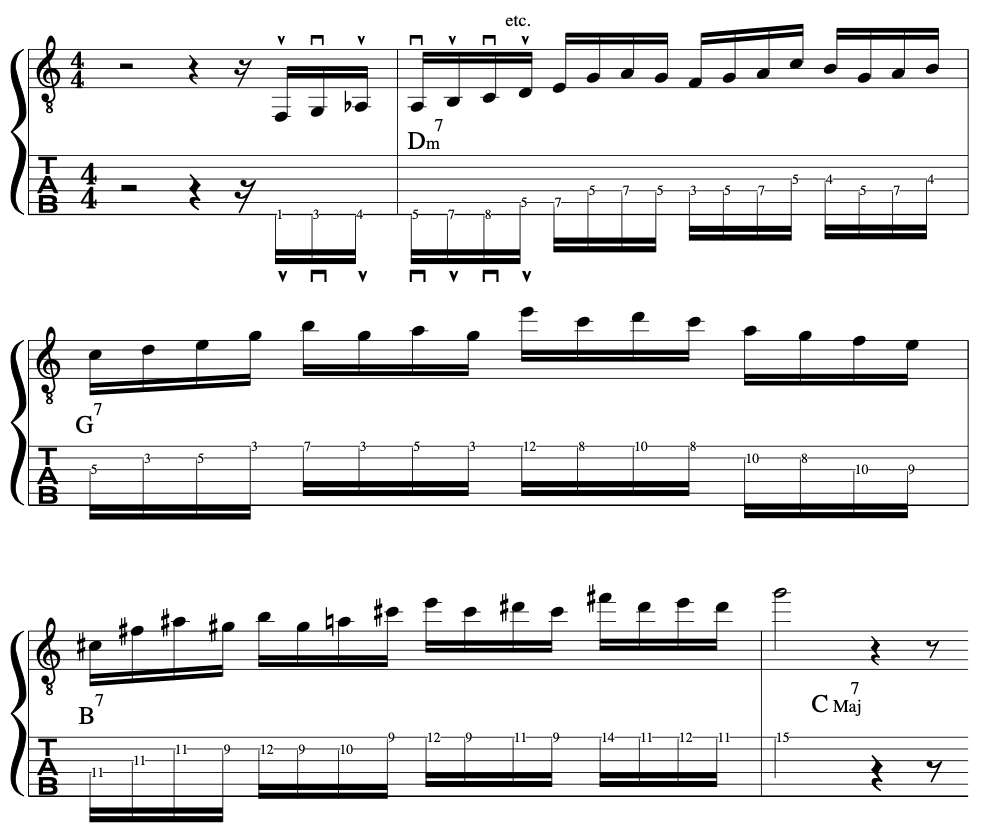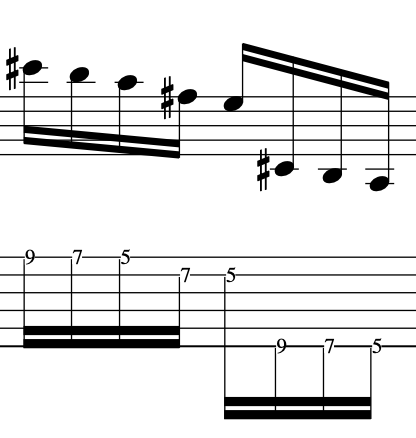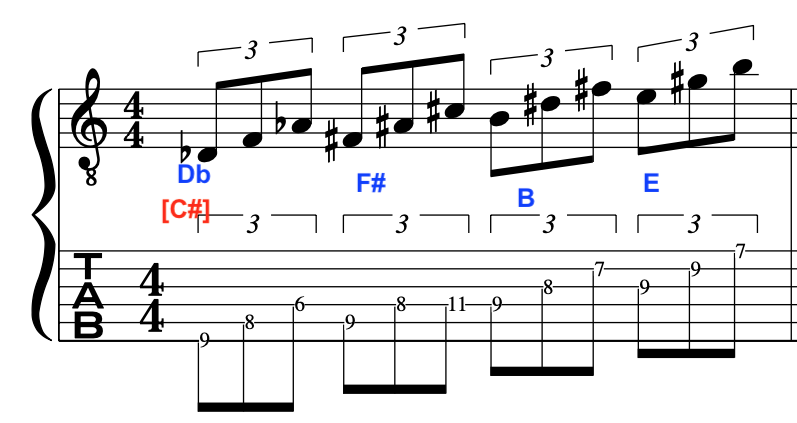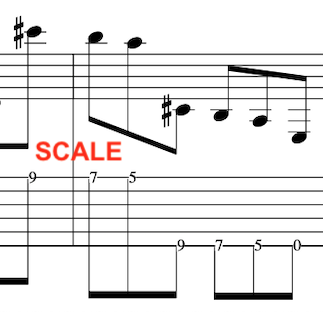
PLEASE WATCH VIDEO ABOVE FOR DETAILED ANALYSIS:
Hi Guys,
Here is the analysis for the Youtube “Shorts” 2 keys alternate picking video that I uploaded a few weeks ago.
The key to this exercise is the ability to “Connect” at the point of changing scales/keys:
Here is the chart and diagram:

As you can see there is a change of harmony and scale. This in turn affects the fingering of the fretting hand and wrist as this quick change happens.
So, there is a tilt or pivot [Please watch video above to see this] as the wrist/hand gets into position:
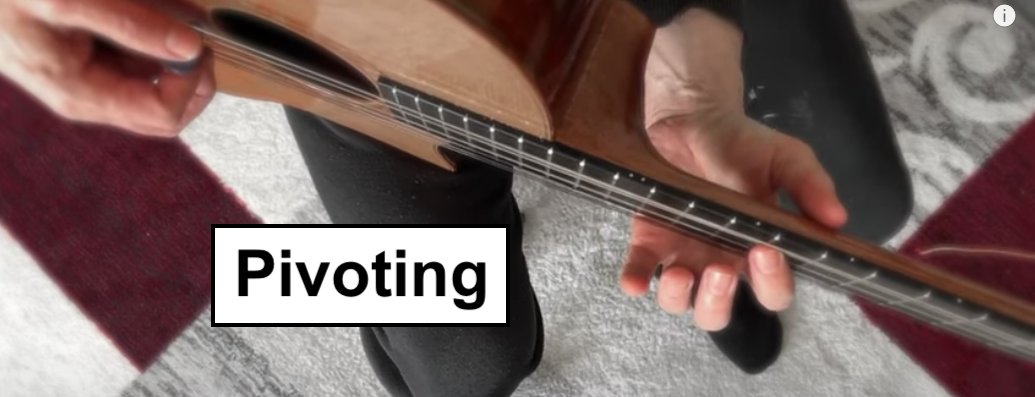

FULL EXERCISE:
This exercise employs strict alternate picking starting on a down stroke:
The use of 4 note groupings [Tetrachords] is to keep the line solid rhythmically. Notice that the 3rd note in each 4 note grouping is accented.


Next we come to the “Connection” part. As stated earlier and in the video presentation above the pivot and tilt of the wrist and hand is essential in order to make the smooth connection.
Next we have the“Shifting Position”as the hand holds the same shape but just moves/slides down into the next position.


PDF DOWNLOAD:
IF THIS LESSON WAS OF USE TO YOU THEN PLEASE SUBSCRIBE TO US BELOW ON YOUTUBE, THANKS!


